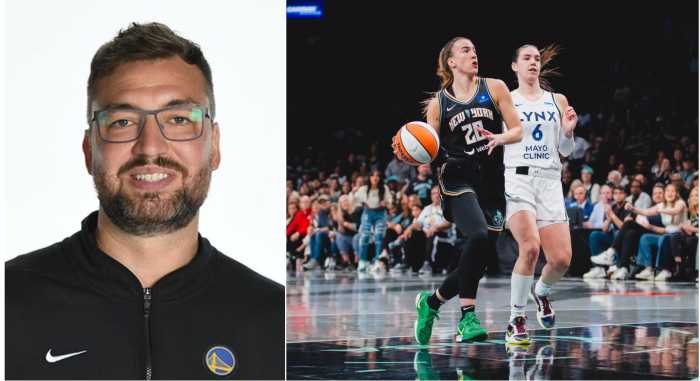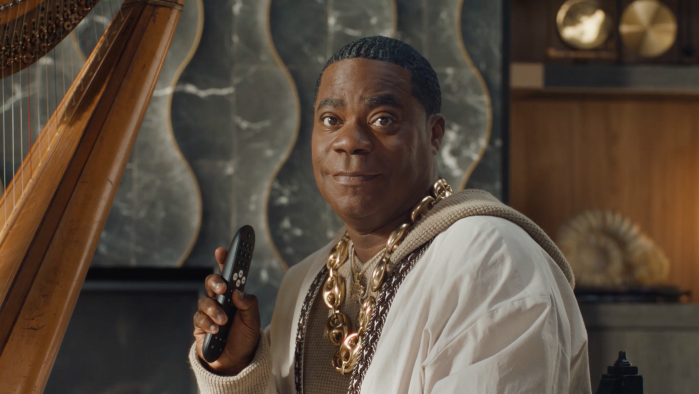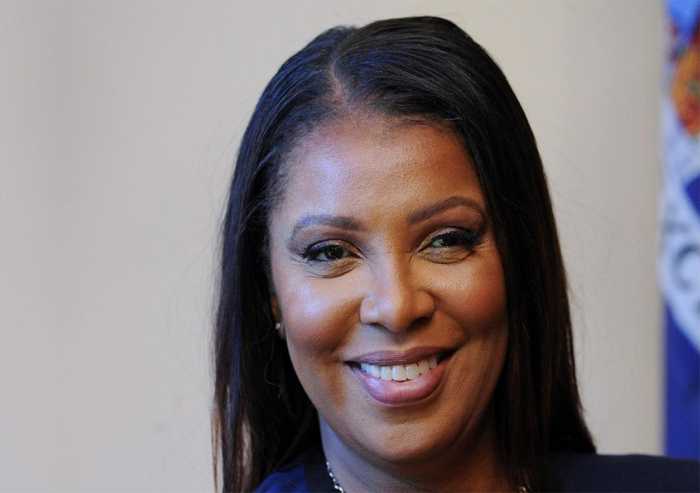It’s the lament of an August swoon: “We can’t hit!” cried one fan. “We’re falling apart!” said another. Were these expressions of abject pessimism coming from fans of the New York Mets, cellar dwellers in the Eastern Division of the National League? Were these cries of futility pouring forth from fans of the last-place Staten Island Yankees?
No. These painful words were heard this week all around the concourse at Keyspan Park, and they were originating from Brooklyn Cyclone fans — despite the fact that their team stood near the top the McNamara Division of the New York-Penn League.
But as any linguist or good actor knows, it’s not the words themselves, but the context, the body language, the subtext, that give them their true meaning. So let’s look at the situation of the Brooklyn Cyclones as the regular season draws to a close.
The season ends on Sept. 3, the Wednesday after Labor Day. As The Brooklyn Papers goes to press, eight games remain for the Cyclones and they are a half-game behind the first-place Williamsport Crosscutters.
But the championship of the New York-Penn league isn’t determined by who finishes first — it’s about who wins the most playoff games.
Four teams enter the playoffs: the winners of each of the league’s three divisions, and the second place team with the highest winning percentage, otherwise known as the “wild card” team.
The playoffs brackets are determined by placing the division winner with the best record against the wild card team, and the remaining division winners against each other.
The opening rounds of the playoffs are best-of-three series, with the opening game at the lower-seeded team and the remaining game, or games if necessary, at the field of the higher ranked team. The second round pits the two remaining teams in another best-of-three series. Again, the opening game is at the lower seeded team and the remaining game(s) at the higher-seeded team’s field.
In the Stedler Division, Oneonta, with a record of 40-27, has a .011 lead over second place (40-28) Tri-City.
In the Pinckney Division, Auburn, with a record of 52-15, has locked up the top seed, and second place Mahoning Valley (34-34) is out of the running for a wild card berth.
So, who’s going to make the playoffs?
The Cyclones have at least a one-game lead over every wild team, and, with Williamsport’s nose touching their rear-view mirror, anything can happen.
That’s why fans are so worried. But were the fans’ thoughts expressions of true pain at the imagined demise of a playoff-less end to the Cyclones’ season? Or were the words actually saying, “This season is going down to the wire and I’m pretty worried, and boy, is this exciting or what?”
Let’s hope it’s the later feeling, and here’s why.
Go back about five years. Brooklyn had no baseball team and no real talk of getting one. Remember how that was, baseball fans? There was no worry about the Cyclones’ hitting, or pitching — there was no consulting the papers or the Internet about league standings. There was nothing.
Now, here you are at the tail end of a season in which the Cyclones are in a fight for their playoff lives. Sure, be concerned about the batting, about the pitching, about the defense, about the base running. But as the song goes, “Don’t worry, be happy.”
Let’s look at this team of yours. And let’s have the coaching staff of the Cyclones analyze what the strengths and weaknesses of the Brooklyns are as they make their run for the playoffs.
Hector Berrios, the pitching coach of the Cyclones, was asked to discuss the Cyclones’ arms for the stretch run.
“Brian Bannister [right-hander] came down with some tightness in his shoulder,” explained Berrios. “He was one of the league leaders in ERA, but he hasn’t been able to pitch of late. Hopefully, he can come back for the playoffs and give us some middle man relief on a limited pitch count.”
Matt Lindstrom, a right-hander, has a 7-3 record and has been a solid starter all year. Lindstrom throws a fastball 92-95 miles per hour with a very good curve,” says Berrios. “He has to learn to pitch inside more to keep them from leaning over the plate.
Another starter for the stretch run and possible playoffs should be righty Tanner Osberg.
“Tanner Osberg was out for a month,” comments the Clones’ pitching guru. “He’s a sinker ball pitcher with a good curve. Lately, he’s been adding a change up. He went four innings last time and he should be ready to go full tilt, 5,6,7 innings if we need it.”
“Rafael Castro [right-hander] has really come on strong,” states Berrios. “He’s a power pitcher and the hitters can’t time his fastball and as a result, he gets easy outs.
“In the bullpen, Taylor George [righty] has good movement on his fastball and is able to throw his curve on any count. Shane Hawk [left-hander] recently went down and we hope he’ll be back for playoffs. Robert Paulk [righty] is our closer. He leads the league in saves and has a very good curve and a fastball that moves into right-handed hitters.
“Vince Cordova [right-hander] was hit hard in New Jersey. He was on a bus for over six hours and he didn’t get his proper sleep and he has to learn to deal with it. It’s not an excuse; it’s a learning thing. All these kids are learning that. It’s a mental thing. If you start 25 times in the course of a year, you might feel good eight of those times. Your body doesn’t feel good, but you have to learn to make your mind overcome this.”
Roger LaFrancois, the Cyclone batting coach, was asked to discuss the Cyclone hitters.
“Our big go-to guys are Ian Bladergroen, our first baseman, and Aaron Baldiris [third baseman]. Bladergroen should be a real prospect. He has great hand-eye coordination. He stays inside the ball real well. He has an excellent strikeout-to-walk ratio. He’s an intelligent hitter. He’ll take what the pitcher gives him.
“Baldiris has been a good contact hitter. He has an inside out swing and he’s still learning to pull the ball. One of those guys up in a crucial situation is what we’re going to need.”
But those big guys won’t be any help unless they have someone to set the table for them.
“Jonathan Slack [left-handed hitting outfielder and lead-off man] has to get on base for us. He has to hit the ball the other way — if he hits it to the left or right of the shortstop, he has a chance to beat that ball out,” LaFrancois continued. “He has to work the count a little deeper. He has to get his bunting game going. If Slack gets on base, then Rashad Parker [outfielder] gets more fastballs to hit.
Manager Tim Teufel was asked about the upcoming big games in the stretch run.
“For big games, I don’t change my philosophy, ”said the former infielder on the 1986 World Champion New York Mets. “I like to run. I like to hit and run, and play an aggressive style of ball.”
Expect more platooning and lefty-righty match-ups down the stretch as the Cyclones focus more on all-out winning and less on player development
Will the Cyclones make the playoffs? As William Goldman, noted screenwriter, said when discussing which movie scripts would make great movies, “Nobody knows nothin’!” And isn’t that great? Nobody knows nothin’. That’s suspense.
So should Cyclone fans complain about a tight race? Forget about it. Cyclones fans have a great stretch run to enjoy — with every pitch, every at bat having significance.
Exciting?
You bet!
























